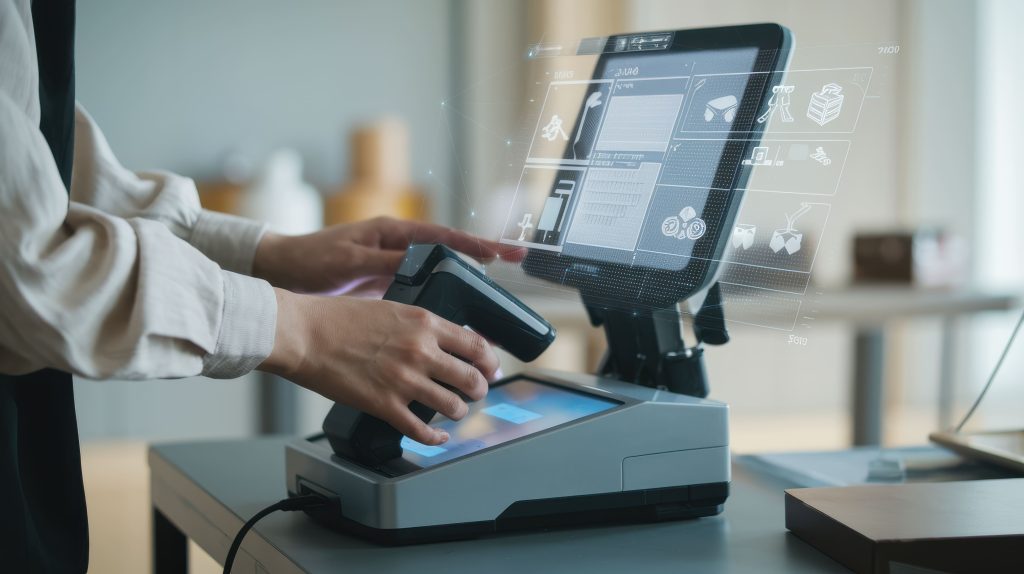A store receipt is more than just a transactional document — it’s a vital communication link between a business and its customer. Within Freedom ERP, the store receipt acts as a confirmation that goods have been delivered, inspected, and recorded accurately. In today’s fast-paced manufacturing environment, maintaining a transparent and efficient record of goods movement is crucial for ensuring operational excellence.
For organizations using a manufacturing ERP in Chennai or across India, having an automated and integrated store receipt module in their ERP software helps improve traceability, quality control, and inventory accuracy.
Understanding the Role of Store Receipts
In any manufacturing setup, all purchase orders and job orders ultimately end at the store where goods are received and recorded. A store receipt in Freedom ERP serves as proof of the completed transaction — confirming that goods have been delivered as per the purchase order (PO) or job order (JO) specifications.
This receipt becomes a reference point for verifying:
- Delivery date and quantity
- Product quality and compliance with specifications
- Accepted and rejected materials
When a customer places a purchase order and receives goods with a delivery note, they can cross-verify the delivery against the store receipt to ensure accuracy in both quantity and quality.
Quality Inspection and Rejection Tracking
During the quality inspection process, not all received goods meet the customer’s quality standards. Some items may be rejected or sent back for rework. This evaluation typically happens across multiple stages such as:
- PO Inward
- JO Inward
- LO Inward
- PO Material Inspection
- LO Material Inspection
- JO Material Inspection
- Production Entry
- Process Inspection
At each of these points, there may be a mix of accepted and rejected quantities. To accurately record this data, Freedom ERP introduces a powerful new feature within the store receipt module — a QR-based acceptance and rejection recording system.
QR-Based Entry for Accepted and Rejected Quantities
In Freedom ERP, the new QR button allows users to easily record both accepted and rejected quantities directly in the store receipt. Here’s how it works:
- When a PO inward is followed by PO material inspection, some items may fail to meet the required quality level.
- To record rejected quantities, use the QR code from the PO material inspection in the store receipt.
- To record accepted quantities, use the QR code from the PO inward entry.
For customers who want both accepted and rejected quantities recorded in a single entry, the manual entry procedure in the store receipt allows easy input for both data sets in one place.
Similarly, in production entry followed by process inspection, rejections may occur at both levels. The QR-based button helps track:
- Accepted and rejected quantities from process inspection using the process inspection QR
- Accepted and rejected quantities from production entry using the production entry QR
This feature enhances data accuracy, saves time, and improves visibility across multiple inspection points.
Benefits of Store Receipt Automation in Manufacturing ERP
Implementing this store receipt feature in Freedom ERP offers several advantages for manufacturing businesses:
- Accurate quality tracking between PO, JO, and production stages
- Improved visibility of accepted and rejected material flows
- Enhanced inventory accuracy and real-time updates
- Quick data entry using QR codes for seamless integration
- Error-free reconciliation of purchase orders and inspection data
- Reduced manual work and better compliance documentation
Conclusion
In today’s competitive manufacturing environment, maintaining clarity and control over goods movement is vital. The store receipt in Freedom ERP simplifies and strengthens this process with QR-based quality recording, manual entry options, and integrated inspection tracking.
For businesses looking to modernize their operations with a manufacturing ERP in Chennai, Freedom ERP delivers a comprehensive solution for store management, quality assurance, and production traceability — ensuring complete transparency from purchase to production.




